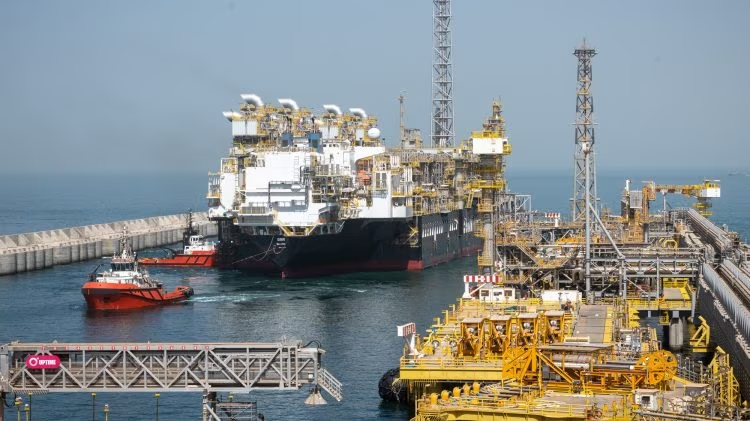Senegal’s industrialization accelerates with new oil, fuel, mining and transport initiatives, driving regional connectivity and sustainable financial transformation
Senegal is advancing its industrialization agenda with renewed momentum following the graduation of main oil and fuel initiatives. The Sangomar oil subject is forecast to exceed preliminary manufacturing estimates, with output anticipated to succeed in 34.5 million barrels in 2025. Concurrently, the Larger Tortue Ahmeyim (GTA) LNG challenge – a three way partnership with Mauritania – began LNG manufacturing final 12 months, with plans to extend capability in upcoming phases. These developments are set to offer a vital enhance to the nation’s industrial and power transformation.
The nation’s long-term growth technique, the Plan Sénégal Émergent (PSE), goals to place the nation as a number one industrial and logistical hub in West Africa by 2035. The PSE emphasizes structural financial transformation, decentralization of {industry} away from Dakar and development in key sectors together with power, mining, agro-industry, chemical substances, building and transport. Giant-scale infrastructure initiatives and public-private partnership fashions are central to attracting funding and supporting this shift.
Vitality sector transformation
Senegal is actively lowering its historic dependence on imported fossil fuels via each home hydrocarbons and renewable power initiatives. The federal government’s technique prioritizes utilizing pure fuel for home energy era, aiming to scale back expensive heavy gasoline oil consumption whereas directing hydrocarbon revenues towards broader growth aims.
On the renewable entrance, Senegal has set an formidable Simply Vitality Transition Partnership goal of 40% of the power combine from renewables by 2030. Tasks such because the Taiba N’Diaye Wind Energy Station and large-scale photo voltaic installations are underway, though rural electrification stays a problem. Partnerships with the World Financial institution and different growth organizations are supporting grid enlargement to underserved communities.
Transport infrastructure enlargement
To help industrialization and regional integration, Senegal is investing closely in transport infrastructure. The Port of Ndayane, beneath building since late-2024 with DP World funding, is designed as a deep-water facility able to accommodating bigger vessels and easing congestion on the Port of Dakar. The Port of Bargny serves as a vital hub for mineral exports, together with from the Falémé iron ore challenge. Senegal’s mining {industry} is a significant contributor to export revenues, with phosphate, gold, mineral sands and iron ore as key sources. The federal government has strengthened its mining code and carried out reforms to enhance transparency, fiscal administration and native content material insurance policies.
Rail infrastructure enhancements, such because the Regional Categorical Practice connecting Dakar to suburban areas, and street community expansions – together with the Dakar-Thiès-Tivaouane-Saint-Louis freeway – are set to enhance home and regional interconnectivity. These initiatives are additionally aligned with UN street security targets.
Senegal can be enhancing its regional function via power and transport integration. The OMVG interconnector hyperlinks Senegal with The Gambia, Guinea-Conakry and Guinea-Bissau, increasing entry to dependable electrical energy throughout borders. Regional street corridors and commerce liberalization beneath the Financial Neighborhood of West African States goal to strengthen Senegal’s competitiveness and place the nation as a West African logistics hub.

